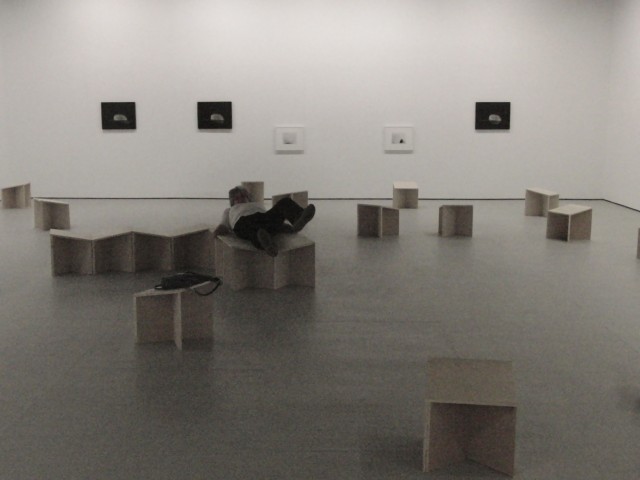
The relationship between the body and the act of viewing is explored in interactive Kitchen installation by Katherine Hubbard (photo by twi-ny/mdr)
The Kitchen
512 West 19th St. between Tenth & Eleventh Aves.
Installation open Tuesday – Saturday through October 22, free, 11:00 am – 6:00 pm
Performances Friday, October 14 & 21, free, 7:00
212-255-5793 ext11
thekitchen.org
katherinehubbard.com
Brooklyn-based interdisciplinary artist Katherine Hubbard will be at the upstairs Kitchen gallery on October 14 and 21 at 7:00, engaging with her immersive, interactive installation “Bring your own lights.” The thirty-five-year-old artist, who is currently in residency at the Chinati Foundation in Marfa and Baxter St. at the Camera Club of New York, has been exploring the presence and absence, both physically and psychologically, of the body, and specifically the female body in performance, since 2009, in such exhibitions as “cyclops & slashes,” “Untitled (shaving performance),” “Small Town Sex Shop,” and “A thing and its thing-ness. It’s all just nouns and adjectives baby.” Curated by Matthew Lyons, the multipart “Bring your own lights” begins with “Fifty percent distance,” a small room with a handful of movable, low-to-the-ground birch plywood stools where visitors can sit as the lights dim almost imperceptibly over a period of six minutes, and then brighten again, setting a calm, reflective mood. In the main gallery, there are dozens more stools, collectively called “Clear to the legs. Clear for thighs. Your body matter.,” which can be placed together to form larger chairs and reclining benches where people can relax as they check out several series of photographs while experiencing the relationship of the body to the act of viewing. Paying homage to the Kitchen building’s previous existence as an ice storage facility, “Bend the rays more sharply (Photographic print made from a negative embedded in ice at increments between zero and ninety.)” consists of ten silver gelatin prints made precisely as the parenthetical text of the title describes, resulting in intriguing abstract black-and-white images.
The seven photographs that make up “The state and the cause” were taken in the Kitchen’s main-floor black-box space, home to experimental dance, music, and theater, as spotlights shine on an empty stage devoid of performer or performance. And a trio of “Shoring and sheeting” shots reveal New York City construction sites, although it’s not clear if things are being torn down or built up. “It is the autonomous being that deflates the gaze by not acting with the intention of being gazed upon,” Hubbard wrote about her 2012 work, “floss the barbed subject,” continuing, “I recognize the physical body as the mediator between personal desires and socially constructed desires and insist on a self-defining ownership over pleasure.” The same statement can be applied to her Kitchen exhibit, which will remain on view through October 22; admission to the performances, which are first-come, first-served, and the installation are free.


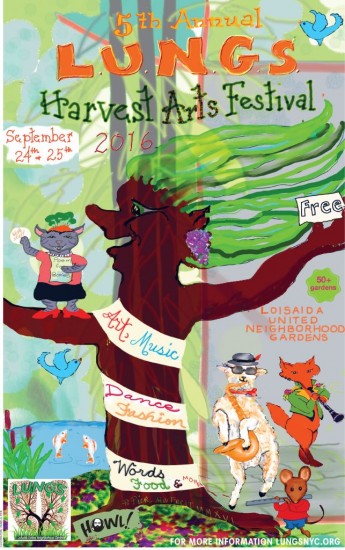
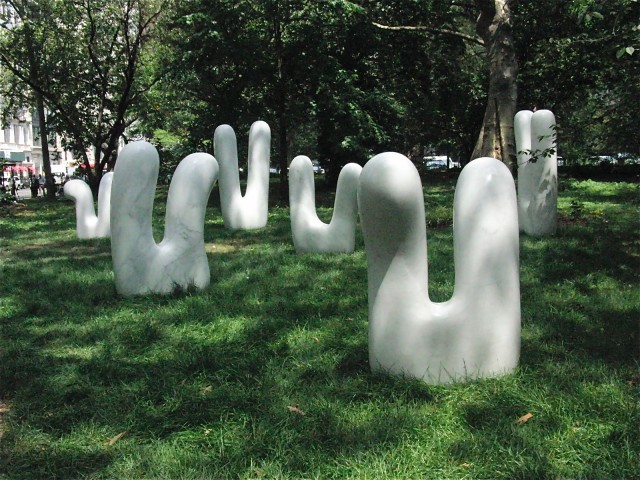
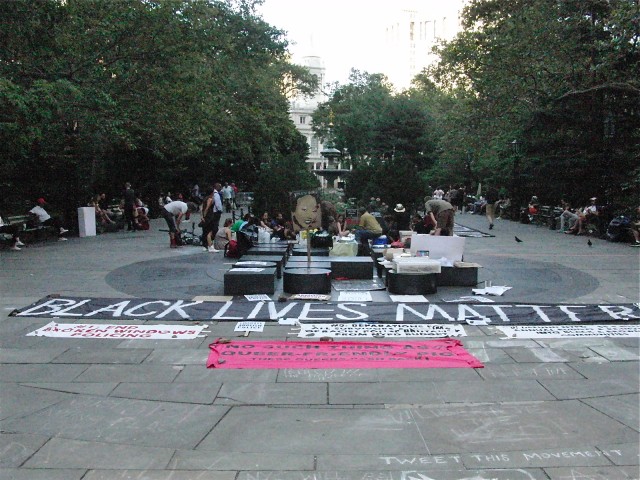
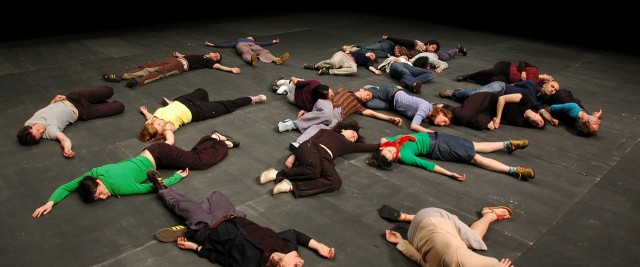
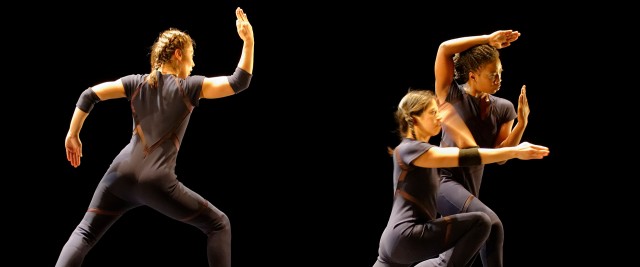
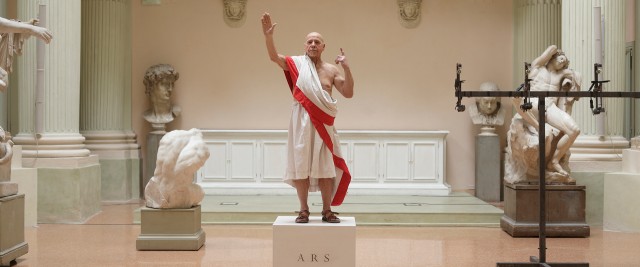
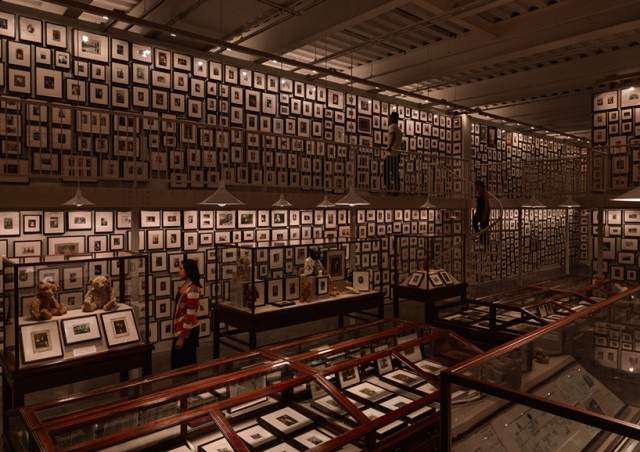
![Vanda Vieira-Schmidt Weltrettungsprojekt [World Rescue Project] consists of more than thirty thousand drawings (photo by Maris Hutchinson / EPW Studio)](https://twi-ny.com/wp-content/uploads/2016/09/the-keeper-2-e1474394670620.jpg)